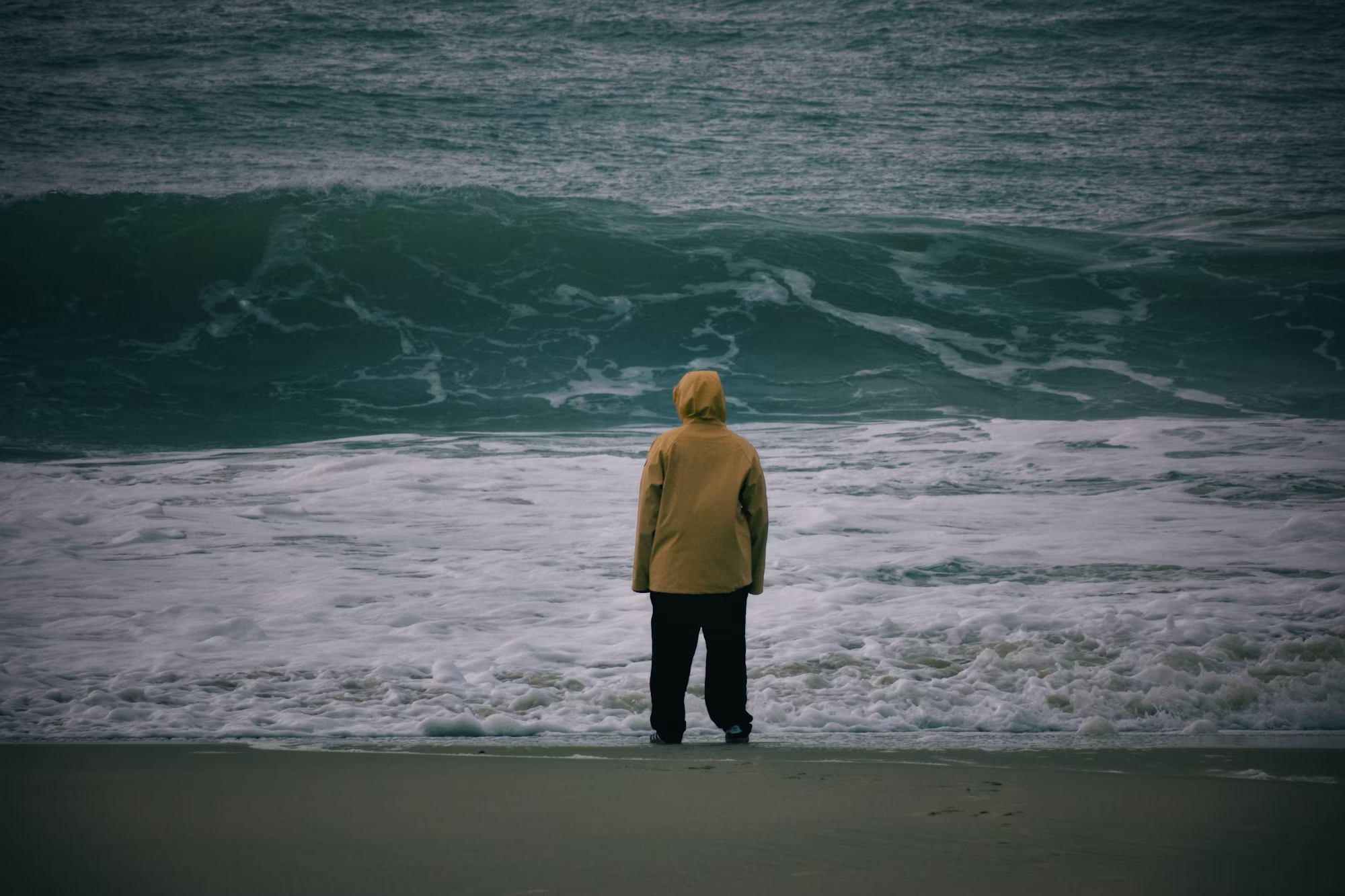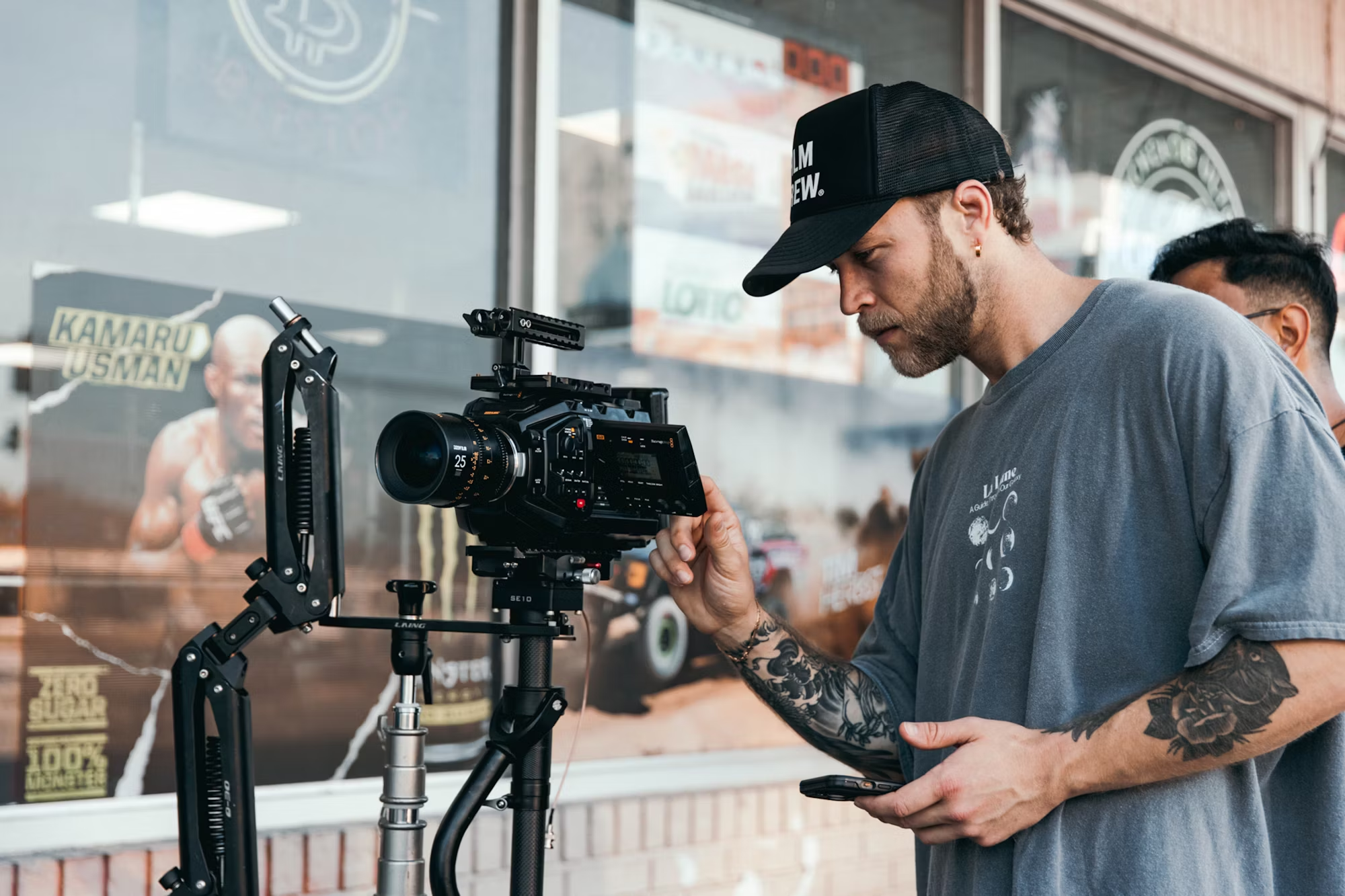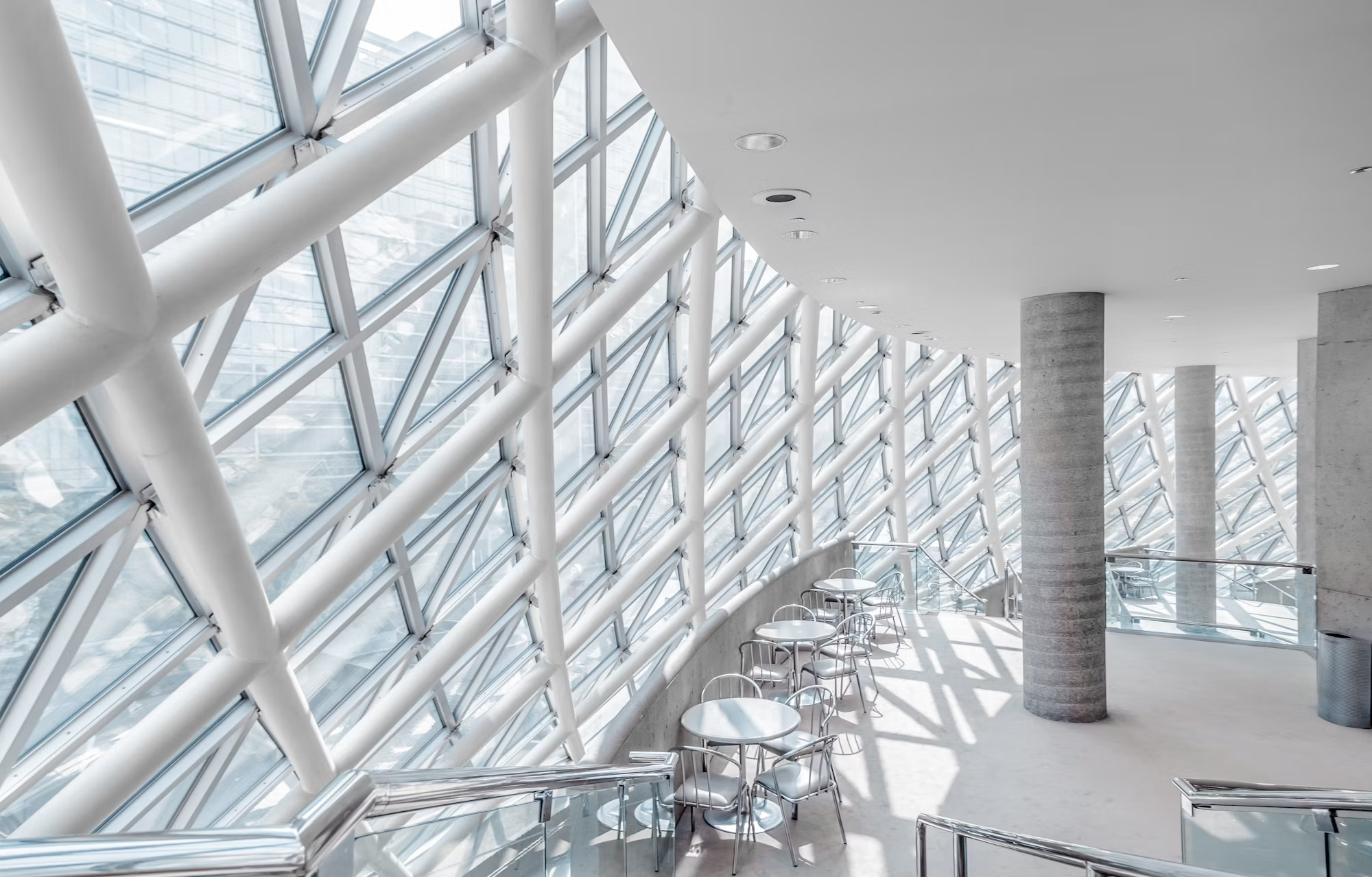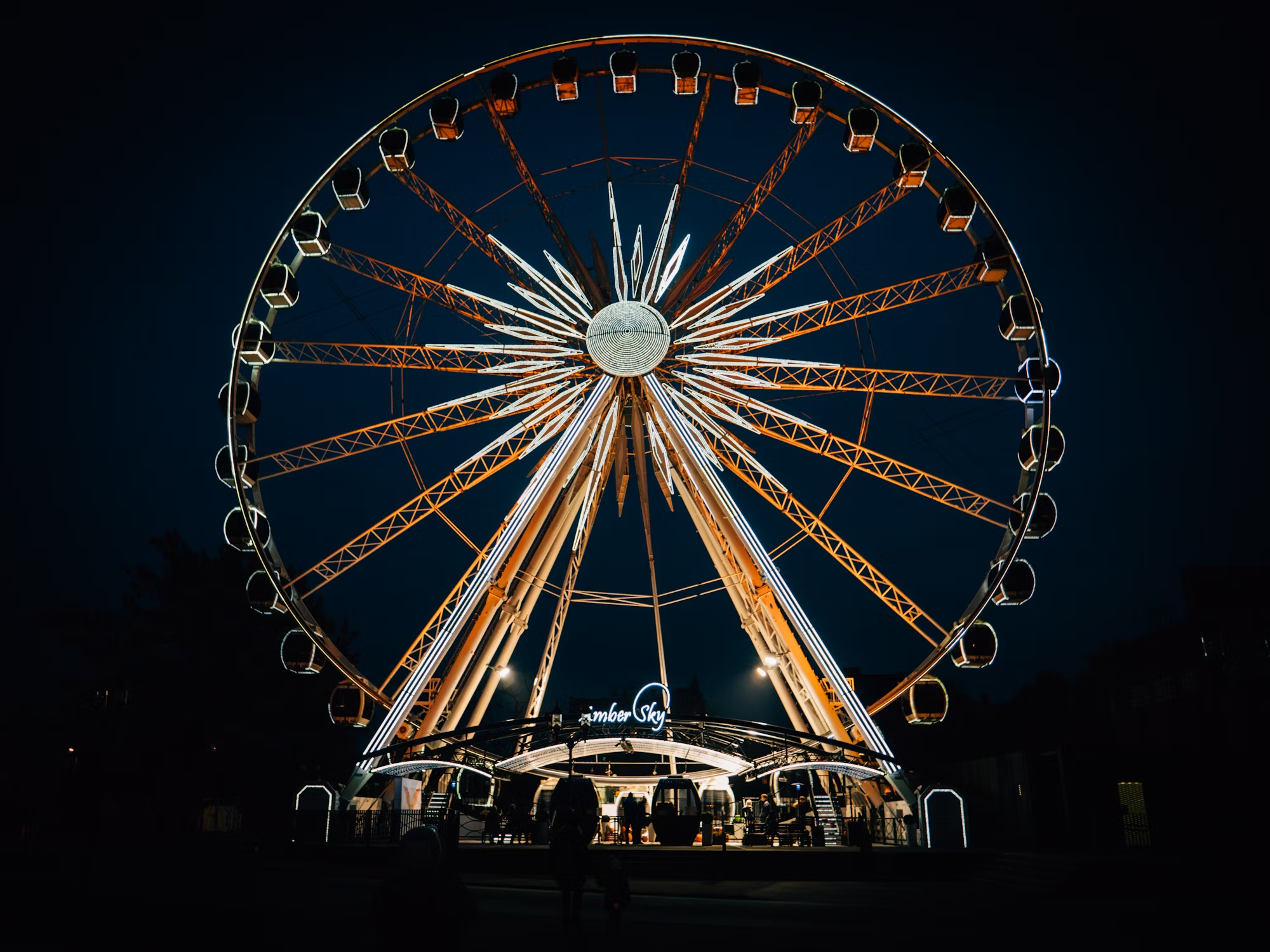The world of cinema has undergone a remarkable transformation over the past century, evolving from a nascent art form into a multifaceted industry that caters to diverse audiences. As technological advancements have progressed, so too have the ways in which we consume films. From the grandeur of traditional theaters to the convenience of streaming services, the cinematic experience has continuously adapted to meet the desires of viewers. This article explores the evolution of cinematic experiences, highlighting key changes and their impact on how we engage with film.
In the early 20th century, cinema emerged as a popular form of entertainment, drawing crowds to theaters where they could experience moving images for the first time. Silent films captivated audiences with their visual storytelling and live musical accompaniment, creating an immersive atmosphere that ignited the imagination. The introduction of sound in the late 1920s marked a pivotal moment in cinematic history, revolutionizing the way stories were told and experienced. With dialogue, music, and sound effects, films could convey emotions and narratives more powerfully, engaging audiences on deeper levels.
As the film industry grew, so did the diversity of cinematic experiences. The rise of the multiplex in the 1980s allowed theaters to showcase multiple films simultaneously, catering to a wider array of genres and preferences. This shift not only provided viewers with more choices but also fostered a communal atmosphere where audiences could share the experience of watching films together. The multiplex model transformed the traditional moviegoing experience, emphasizing the social aspect of cinema while also introducing the concept of a cinematic event.
In the late 20th and early 21st centuries, the emergence of home video technology further reshaped how we consume films. VCRs and later DVDs offered viewers the convenience of watching movies in the comfort of their own homes, leading to a decline in theater attendance. This shift sparked a new era in film consumption, as audiences began to embrace the idea of on-demand entertainment. The ability to pause, rewind, and replay films changed our relationship with cinema, allowing for a more personalized viewing experience.
As technology continued to advance, streaming services revolutionized the way we access and enjoy films. Platforms like Netflix, Amazon Prime, and Hulu have transformed the cinematic landscape by providing vast libraries of content at our fingertips. This shift has allowed audiences to explore a wider range of genres and discover independent films that may not have been available in traditional theaters. The convenience of streaming has made it possible for viewers to curate their own viewing experiences, selecting films that resonate with their interests and preferences.
The rise of streaming services has also influenced the types of films being produced. With the demand for original content, platforms have become increasingly invested in producing high-quality films that cater to diverse audiences. This has led to a flourishing of new voices and narratives, expanding the representation of different cultures, identities, and experiences on screen. As a result, audiences are presented with a richer tapestry of storytelling, reflecting the complexities of modern life.
Moreover, the shift to streaming has opened doors for innovative storytelling techniques. Filmmakers are now exploring episodic formats and limited series, allowing for deeper character development and more intricate narratives. This evolution has transformed the way stories are told, blurring the lines between traditional film and television. Audiences are drawn into immersive worlds that unfold over several episodes, fostering a sense of investment in the characters and their journeys.
While streaming has brought convenience and diversity to film consumption, it has also sparked discussions about the future of traditional theaters. As more viewers opt for the comfort of home viewing, theaters face the challenge of attracting audiences to the big screen. Many theaters have responded by enhancing the moviegoing experience with luxury seating, gourmet dining options, and immersive technologies such as IMAX and 4D formats. These innovations aim to create a unique cinematic experience that cannot be replicated at home, inviting audiences to return to theaters for the communal and immersive aspects of film.
Additionally, the resurgence of drive-in cinemas during recent years highlights the adaptability of the film industry. These outdoor theaters, where audiences watch films from the comfort of their cars, have gained popularity as a nostalgic alternative to traditional screenings. Drive-ins offer a sense of community while allowing for social distancing, showcasing the resilience of the cinema experience in the face of changing circumstances.
As we reflect on the evolution of cinematic experiences, it is clear that the interplay between technology, audience preferences, and cultural trends will continue to shape the future of film. The rise of virtual reality and augmented reality technologies presents new possibilities for immersive storytelling, inviting audiences to engage with narratives in unprecedented ways. These advancements may redefine our understanding of what cinema can be, offering interactive experiences that transport viewers into the heart of the story.
In conclusion, the journey of cinema from traditional theaters to streaming platforms illustrates the dynamic nature of this art form. As technology continues to evolve, so too will the ways in which we experience films. Whether in a bustling multiplex, a nostalgic drive-in, or from the comfort of our homes, the essence of cinema remains the same: it connects us through shared stories and experiences. As audiences, we are privileged to witness this evolution, embracing the myriad ways in which film enriches our lives and shapes our understanding of the world around us.





